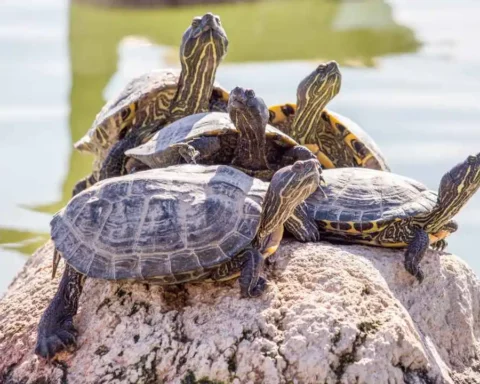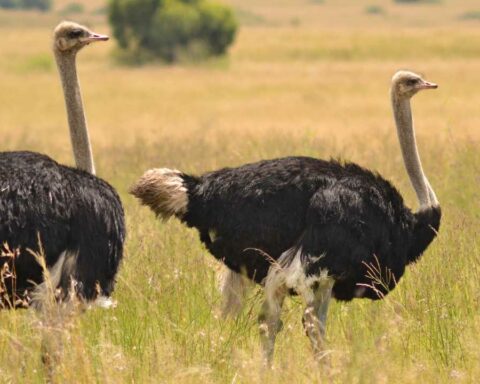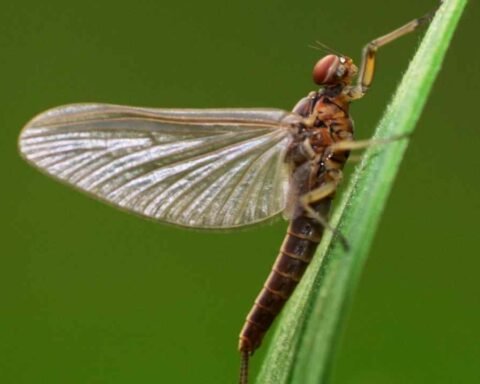Imagine you’re watching a nature show and you see a mother animal suddenly eat her own baby. Shocking, right? This is called ‘filial cannibalism’. It sounds strange, but it happens in the animal world more than we think.
Why do they do it? It’s not because they’re just hungry or mean. There are real reasons tied to survival and nature’s way of keeping things in balance. In this article, we’ll dive into why some animals have this surprising behavior and what it tells us about the wild world they live in. Let’s explore this mystery together!
Animals That Eat Their Young
Historical Observations
Throughout history, humans have been both observers and storytellers of the natural world. Among the tales passed down through generations, some touch upon the startling act of animals consuming their offspring.
Ancient Texts and Folklore:
In ancient cultures, stories often served as warnings or lessons. In some tales, animals eating their young symbolized the harsh realities of nature or were used to convey moral lessons. For instance, in Greek mythology, the Titan Cronus devoured his own children, fearing they would overthrow him. While Cronus isn’t an animal, this tale reflects a deep-rooted awareness of filial cannibalism and its implications.
Similarly, various indigenous tribes around the world have folklore where animals, especially mythical ones, consume their young as a testament to the unpredictable and sometimes brutal nature of the wild.
Early Scientific Observations:
As science began to take shape, naturalists and early biologists started documenting animal behaviors systematically. In the 19th century, Charles Darwin, the father of evolution, and his contemporaries occasionally noted instances of animals harming or consuming their offspring. Such observations, though not always understood at the time, laid the groundwork for future studies on animal behavior.
By the 20th century, with the advent of more sophisticated tools and methodologies, scientists began to study this phenomenon in depth. They sought to understand the conditions and reasons behind such a seemingly counterproductive behavior. These early studies paved the way for our modern understanding of filial cannibalism and its role in the animal kingdom.
What Animals Eat Their Young
Nature is full of surprises, and one of the most startling behaviors is when animals eat their own young. Let’s explore which animals do this and why.
1. Mammals:

Hamsters:
Ever seen a cute pet hamster? You might be surprised to know that mother hamsters sometimes eat their babies, especially if they’re stressed or feel threatened. It’s a way to protect the remaining babies from potential dangers.
Lions:
In the wild plains of Africa, male lions, when taking over a new pride, might eat the cubs. Why? It’s a way to make the lionesses ready to mate sooner. It sounds harsh, but it’s all about ensuring their own genes get passed on.
Pigs:
Sows, especially first-time mothers, might accidentally or intentionally harm and consume their piglets. Stress, disturbances, or even a lack of maternal instincts can trigger this behavior.
Bears:
In the wild, male bears, especially polar bears, have been observed eating cubs. This is often linked to food scarcity or the male’s intent to bring the female back into estrus.
2. Birds:

Pelicans:
These large birds are known for their big beaks, but occasionally, they might turn on their own chicks. If food is scarce, a pelican parent might choose to feed one chick and sacrifice the other to ensure at least one survives.
House Sparrows:
These common birds might occasionally eat their eggs or chicks, especially if they detect deformities or if the nest is disturbed frequently.
Owls:
Some owl species, under conditions of food scarcity, might consume the weakest chick to ensure that the stronger ones have a better chance of survival.
3. Reptiles:
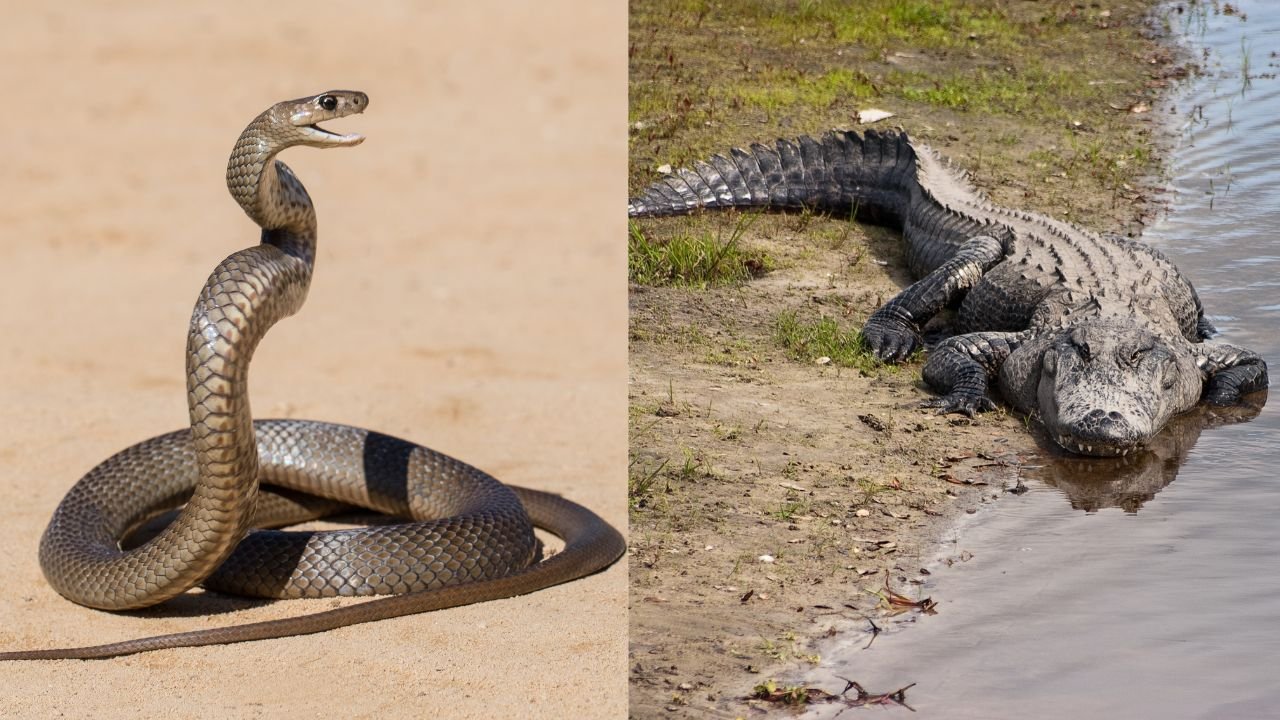
Alligators:
Baby alligators have a tough start. If the nest is too crowded or if there’s a lack of food, mother alligators might eat some of their young. It’s a grim survival strategy, ensuring that at least a few of the babies grow up strong.
Snakes:
Some snake species, like the King Cobra, might eat their own eggs or young ones if they feel threatened or if the environment is not conducive to their survival.
4. Fish:

Cichlids:
These colorful fish are popular in aquariums. But in the wild, when danger lurks, cichlid parents might eat their eggs or young ones. It’s not out of hunger but a strategy. If they believe the young won’t survive due to threats, they consume them to possibly lay more eggs later when it’s safer.
Sharks:
In some shark species, the stronger embryos might consume their weaker siblings while still inside the mother. This phenomenon, known as intrauterine cannibalism, ensures that only the strongest are born.
Betta Fish:
Male bettas, known for their vibrant colors, are protective fathers. However, if they sense danger or if the eggs are unfertilized, they might consume them.
5. Insects:
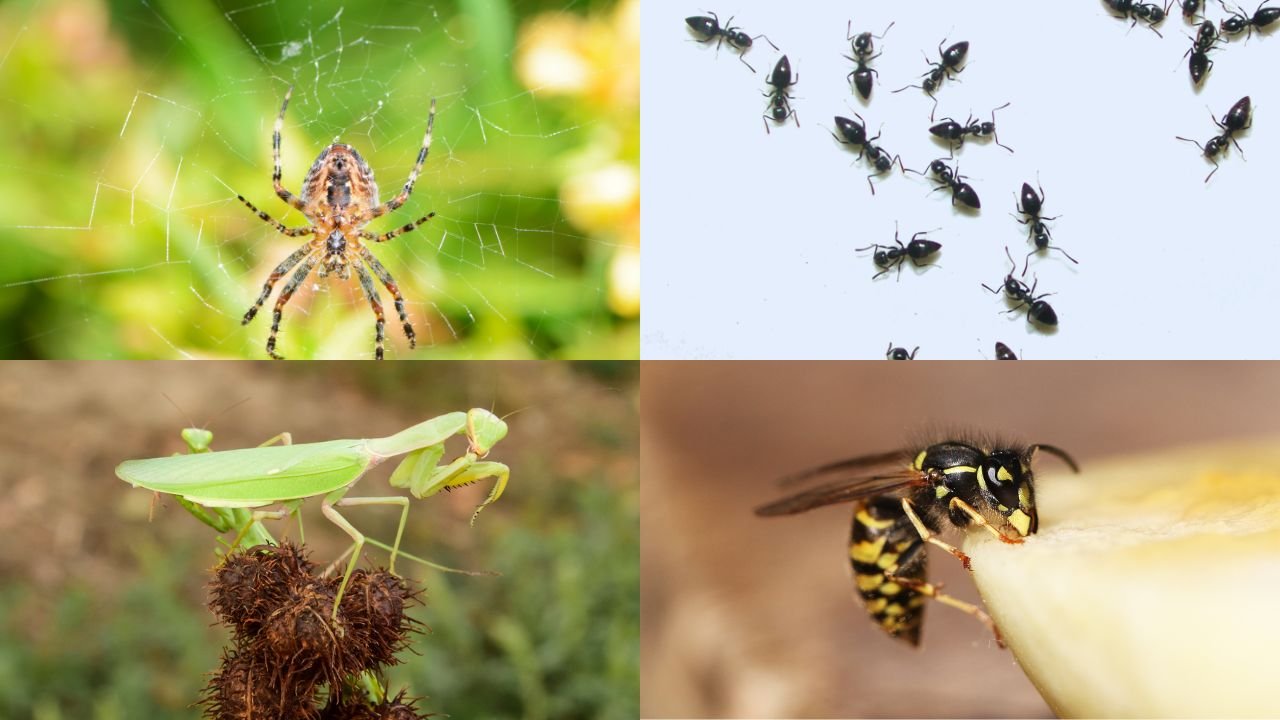
Spiders:
The world of spiders is full of mysteries. Some female spiders, after mating, might eat the male. But that’s not all. In certain spider species, if the mother feels she can’t find enough food or if she’s nearing the end of her life, she might allow her babies to eat her! It’s a final act of sacrifice to give her young a head start.
Praying Mantises:
The female praying mantis is infamous for consuming the male after mating. But in certain conditions, they might also consume their offspring if food is scarce.
Ants:
In some ant colonies, if there’s a significant food shortage, worker ants might consume the larvae to sustain the colony.
Wasps:
Certain wasp species lay their eggs inside caterpillars. As the larvae grow, they consume the caterpillar from the inside.
6. Amphibians:
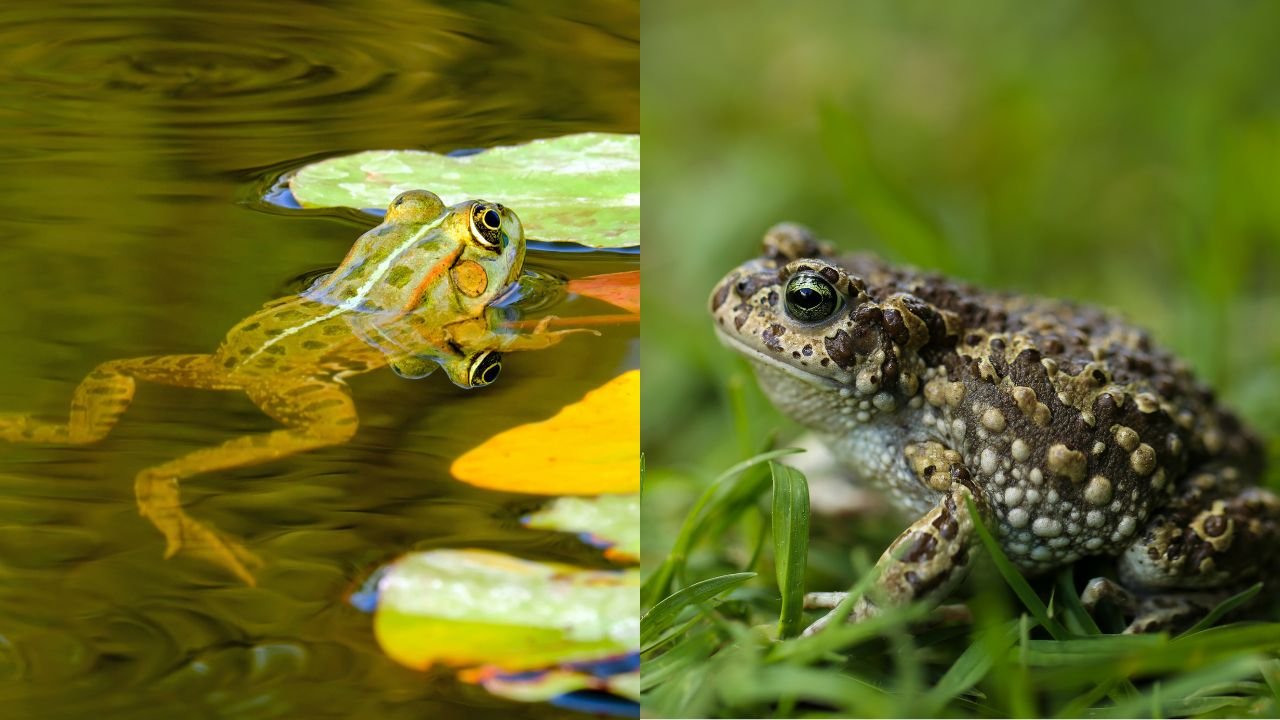
Frogs and Toads:
In some species, parents might consume their eggs or tadpoles if the environment becomes too hazardous or if they sense abnormalities in the offspring.
In the vast world of animals, these behaviors might seem shocking to us. But it’s essential to remember that every species has its own reasons, often tied to survival. Nature has its way of ensuring that life, in some form, always finds a way to continue.
Why Animals Eat Their Young
Nature can be puzzling, and when animals eat their young, it leaves many of us scratching our heads. But there are reasons behind this behavior. Let’s break it down:
1. Nutritional Needs:
Lack of Food Resources: In the wild, food isn’t always easy to come by. When a parent animal faces starvation, they might see their offspring as a last-resort food source to stay alive.
Reabsorbing Nutrients: Some animals eat their unfertilized eggs or weak offspring to regain the nutrients they invested. It’s like nature’s way of recycling.
2. Environmental Stressors:
Overcrowding: Too many animals in one place can lead to less food and space. In such situations, parents might reduce the number of offspring to ensure there’s enough for everyone.
Extreme Temperatures or Conditions: Harsh weather or sudden environmental changes can make it tough for babies to survive. Parents might consume them rather than watch them suffer or to prevent drawing predators.
3. Parental Instincts:
Eliminating Weak or Sickly Offspring: Nature can be ruthless. Sometimes, parents will remove unhealthy babies to give healthy ones a better chance. It’s tough love, but it’s about survival.
Reducing Competition Among Siblings: In some species, siblings compete fiercely for food. By reducing the number of mouths to feed, parents ensure that the remaining babies get enough.
4. Genetic and Evolutionary Factors:
Ensuring the Survival of the Fittest: It’s a phrase we hear often. In nature, only the strongest survive. By removing the weaker offspring, parents ensure that only the best genes are passed on.
Genetic Mutations Leading to Such Behaviors: Sometimes, nature throws a curveball. Genetic changes can cause parents to act differently, including harming their young.
5. Mistaken Identity:
Parents Mistaking Their Young for Prey: Especially in species with poor eyesight or those that rely heavily on movement to detect food, parents might accidentally see their wriggling young as a meal.
6. Protection:
Protecting the Remaining Offspring from Potential Threats: It sounds backward, but sometimes, parents might consume some offspring to protect the rest. The smell of a wounded or dead baby can attract predators. By eating them, parents remove the risk.
While it’s hard for us to understand, these behaviors are all about survival. Nature has its ways, and even if they seem strange to us, they serve a purpose in the grand scheme of things.
Consequences of This Behavior
When animals eat their young, it’s not just a random act. This behavior can have ripple effects on the species, their evolution, and even the entire ecosystem. Let’s dive into the consequences:
1. Impact on the Species’ Population:
Population Control: One immediate effect is a reduction in the number of offspring. This can help control the population, especially in environments with limited resources. It ensures that the habitat doesn’t get overwhelmed.
Risk of Extinction: On the flip side, if this behavior becomes too common and not enough young animals survive to adulthood, it could threaten the species’ future. A balance is crucial.
2. Evolutionary Advantages or Disadvantages:
Stronger Offspring: Over time, if only the healthiest and strongest offspring survive, the species as a whole may become more resilient and better adapted to their environment.
Potential for Unwanted Traits: If the behavior is linked to a genetic mutation, and it doesn’t offer a survival advantage, it could lead to unwanted traits being passed down. Over generations, this could harm the species.
3. Role in the Ecosystem and Food Chain:
Natural Balance: Every species plays a role in its ecosystem. By controlling their population, these animals can help maintain a balance, ensuring there’s enough food and resources for other creatures too.
Predator-Prey Dynamics: When parents consume their offspring, it can affect the food chain. For instance, if a predator relies on those young animals as a food source, they might have to adapt or face food shortages.
Nutrient Recycling: By consuming their young, these animals return nutrients directly back into the ecosystem. This can benefit the environment by enriching the soil or water, aiding in the growth of plants or supporting other aquatic life.


